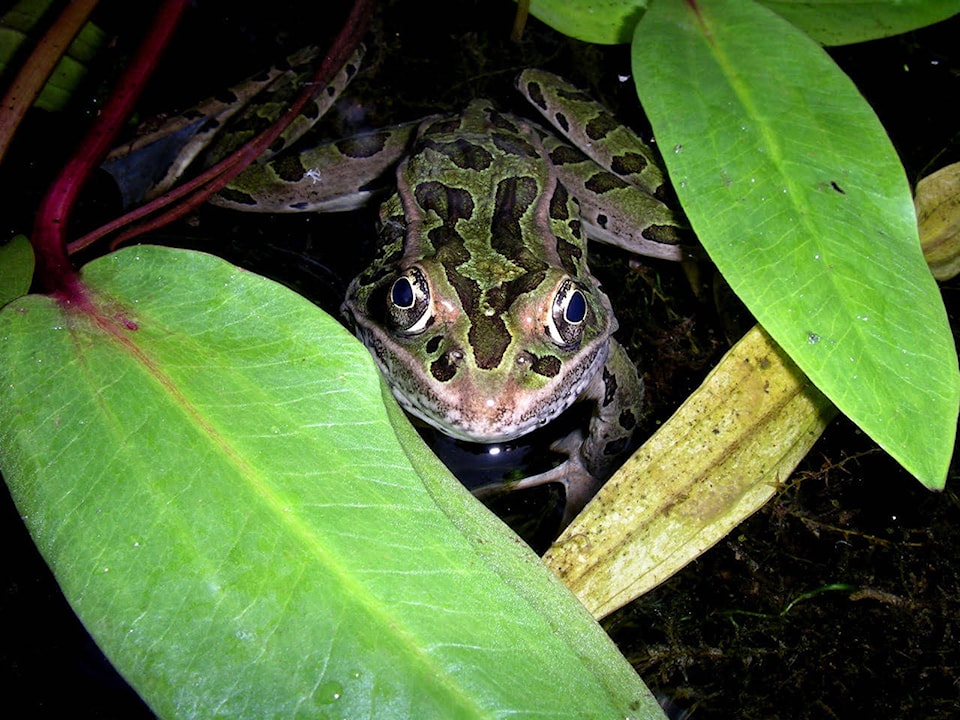Submitted by the Kootenay Conservation Program
The Kootenay Conservation Program (KCP) has recently been awarded $2 million over four years in a federal Environment and Climate Change Canada grant to protect and restore species-at-risk habitat and ecological connectivity in four biodiversity hotspots in the Kootenays.
“We are so delighted by this news,” says Marcy Mahr, KCP Stewardship Coordinator. “This Canada Nature Fund ‘Community-Nominated Priority Places’ grant allows us to fund multi-year projects that put our collective efforts on the ground to conserve important habitat and help grizzly bears, northern leopard frogs, western screech owls, American badgers, Lewis’s woodpeckers, and many other important species.”
RELATED: DFO announces project funding to at-risk species conservation programs
RELATED: Purchase of watershed near Kootenay Lake protects land, species at risk
In a region-wide project funded by B.C.’s Fish & Wildlife Compensation Program coined “Kootenay Connect,” 12 areas were identified by Dr. Michael Proctor with the Trans-Border Grizzly Project and Mahr as being important wildlife movement corridors and biodiversity hotspots.
“When large terrestrial and aquatic ecosystems are connected they are more resilient to climate change because ecological processes important for ecosystem stability are able to function and species are able to move and shift their ranges to adapt to new habitat and climates,” adds Mahr.
From the dozen landscapes identified by Proctor and Mahr, the Canada Nature Fund grant allows on-the-ground conservation activities in four of them that focus on valley bottoms.
“Valley bottom habitats are extremely important for grizzly bears and other large mammals to travel through in order to get from one wild area to another,” says Proctor. “The riparian and wetland habitats in these areas make them even more important for biodiversity and adapting to a changing climate.”
The Canada Nature Fund grant will focus on the Bonanza Biodiversity Corridor (north of New Denver), Creston Valley, Wycliffe Wildlife Corridor, and the Columbia Valley Wetlands. Many partner organizations will be managing the projects including the Slocan Lake Stewardship Society, Creston Valley Wildlife Management Area, Nature Conservancy of Canada, Nature Trust of BC, Wildlife Conservation Society Canada, and Columbia Wetlands Stewardship Partners, to name a few.
“This project demonstrates the level of collaboration that we have in the KCP partnership,” says Mahr. “We are a network of organizations that do conservation work across multiple jurisdictions and know that we can achieve so much more by working together.”
Local funders are also extremely important partners in this grant because their investment in projects helped leverage matching funds. These funders include the Columbia Basin Trust, Fish and Wildlife Compensation Program, Habitat Conservation Trust Foundation, and the provincial government.
For more information, visit www.kootenayconservation.ca/kootenay-connect/
The Kootenay Conservation Program is a broad partnership of over 80 organizations from across the Kootenays that works to conserve landscapes in order to sustain naturally functioning ecosystems. Learn more at www.kootenayconservation.ca.
